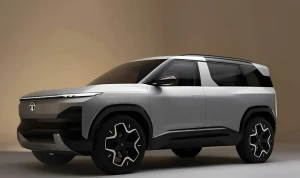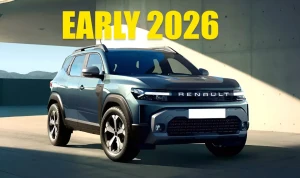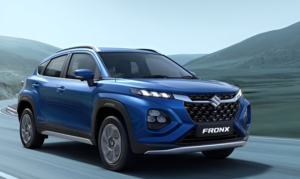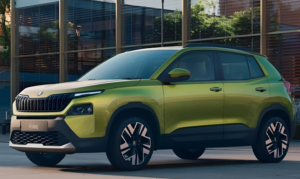EVs Stay at 5% GST as Luxury Cars Face New 40% Tax Slab
- 5% GST on EVs, the new car GST slabs, and how luxury buyers will see 40% GST on cars.
- How India EV policy shifts could affect prices, demand, and your next purchase.
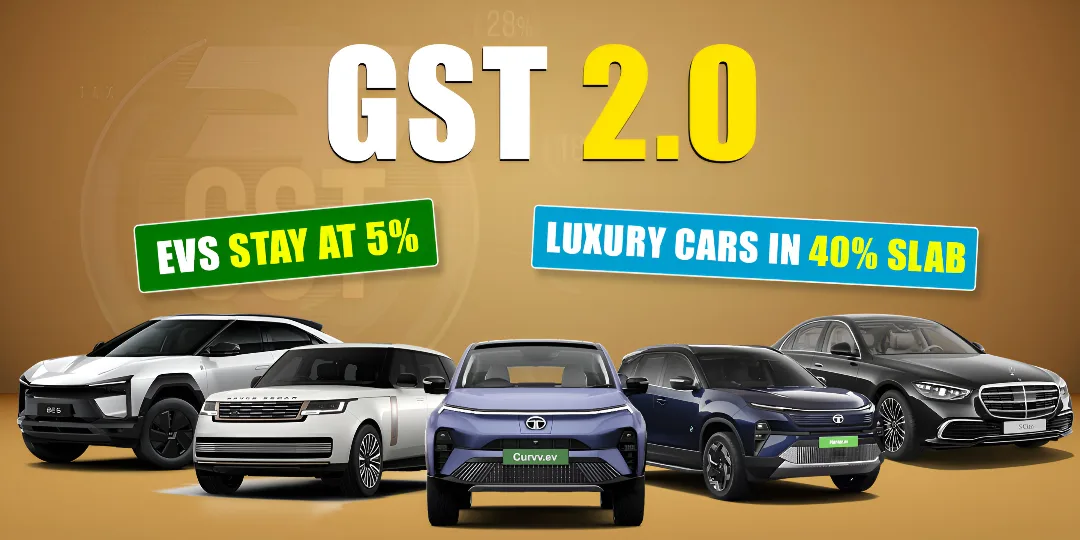
India’s latest tax shake‑up for vehicles comes with two clear messages. First, the GST on EVs remains steady at 5%, protecting the electric vehicle GST rate advantage. Second, a fresh 40% GST on cars in the luxury segment is on the cards, alongside a re‑map of the broader new car GST slabs.
Small cars could shift into the 18% bracket, a move designed to make them more affordable. The proposal is backed by the Group of Ministers and will be up for GST Council approval in early September, with whispers of a late‑month rollout.
What does 5% GST on EV mean for buyers?

For anyone considering an electric car purchase, the good news is stability. Keeping the GST on EVs at 5% means EV GST rate 2025 stays aligned with earlier policy pushes for clean mobility. Since 2019, this lower slab and zero compensation cess have been a key lever in keeping electric sticker prices from soaring.
Buyers can still count on competitive EMIs and lower lifetime fuel costs to make the switch feel practical. However, if entry‑level petrol and diesel models see a tax drop under the new car GST slabs, some fence‑sitters might opt for ICE models on price alone — at least until running cost savings and charging access tip the balance back toward EVs.
GST on luxury cars in India 2025
This is where the new 40% GST on cars in the premium bracket comes in. At present, large luxury SUVs and sedans face 28% GST plus compensation cess, often pushing total taxes beyond 43%. The proposed 40% slab simplifies the math but keeps prices intentionally high for top‑end models.
For luxury buyers, the net outlay may not shift much, but the category will remain clearly distinguished from the mass market. This also signals that India EV policy is not about blanket cuts, but rather about targeted incentives and disincentives.
When will latest car GST changes go live?
The Group of Ministers has already cleared the framework. The GST Council’s meeting on September 3‑4 will be the make‑or‑break moment. Once cleared, official notifications often follow within days, making a late‑September implementation possible.
This timing would strategically hit before the festive‑season booking rush, which is prime time for both mass‑market and luxury sales.
Will cheaper ICE cars affect EV demand?
A drop to 18% GST for small ICE cars under the new car GST slabs could temporarily close the gap with EV prices. This can sway short-term decisions for price‑sensitive buyers.
That said, the 5% GST on EV, along with ongoing incentives, expanding charging networks, and long‑term savings where electric vehicles are concerned, can help EVs stay in a strong position over time.
This could in turn encourage automakers to maintain momentum by offering better introductory prices, entry‑level variants, and sweeteners like free charging for early buyers.
EV GST rate 2025 gives car brands room to innovate without experiencing an immediate tax squeeze.
Tags:
CarOnPhone is your one-stop destination to see all upcoming cars, latest cars, released cars, and EV Cars, and compare Cars in all Car Brands. Stay tuned and follow us to update yourself on the automotive world.



